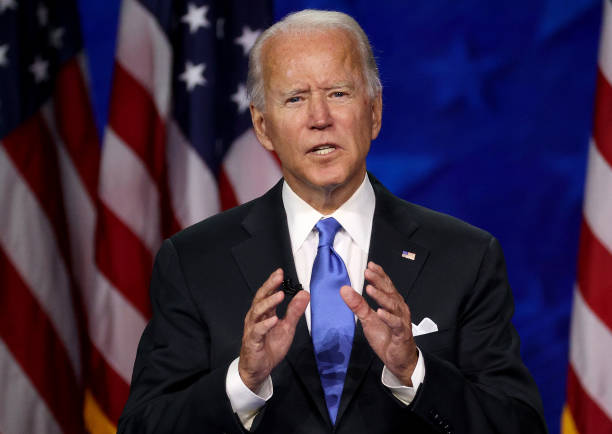According to NPR, President Joe Biden’s new plan, Saving on a Valuable Education, was set in motion following the Supreme Court’s decision to shut down his student loan forgiveness program last month. The July 14 article explained that the SAVE plan will still be able to help those looking for reform in the federal student loan system.
The SAVE plan is an income-based repayment plan with stipulations that can make monthly bills more manageable, reduce the amount that students will have to pay overall, and even could have their debt canceled entirely after making at least 10 years of payment.
The SAVE plan is expensive, but unlike Biden’s rejected plan, this one will continue to help those who borrow now and in the future. Since it’s not a one-time forgiveness program, estimates for the total cost to the government are understandably high. It could cost $138 billion to $361 billion over 10 years.
Biden’s SAVE repayment has been processed at the Department of Education, which bodes well for how it will fare in the legal system.
As an income-driven repayment plan, the SAVE plan’s designated payments will be based on individual borrowers’ income and family size without regard for the outstanding debt balance. The algorithm balances the two while also promising a forgiveness component. After making 10 years of the designated payments, the borrower’s remaining balance will be wiped away. In addition to these aspects, as long as the borrowers make minimal monthly payments, the new SAVE plan will stop interest from accruing on their accounts.
All of the SAVE’s components will be fully in effect by July 2024. It will ultimately phase out the current Revised Pay As You Earn, REPAYE, plan. Those eligible for the program include “student borrowers with federally held loans, including all direct subsidized, unsubsidized and consolidated loans, as well as PLUS graduate loans.”



